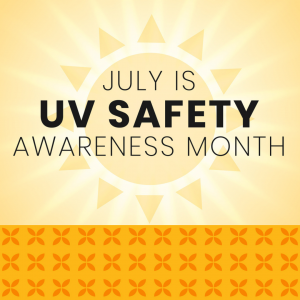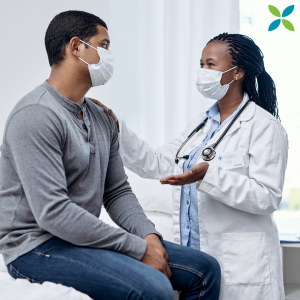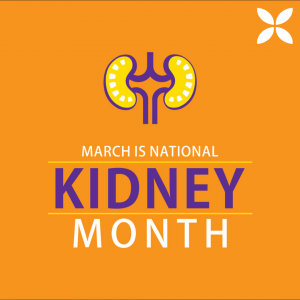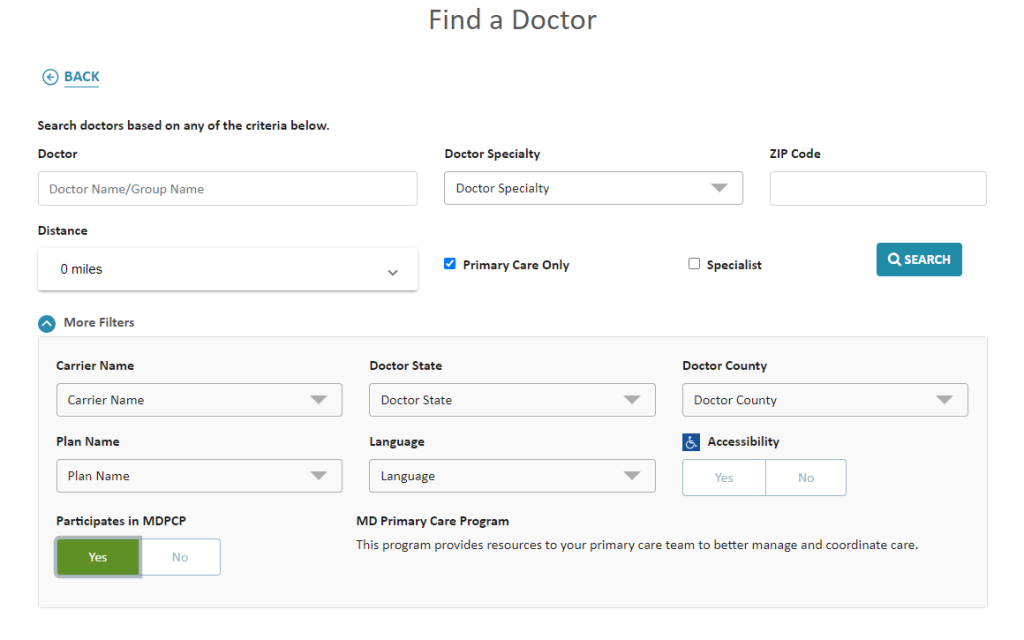 Medicaid coverage for moms is now available for 12 months after pregnancy. This means that after you give birth to your baby, YOU will have health coverage for 12 months.
Medicaid coverage for moms is now available for 12 months after pregnancy. This means that after you give birth to your baby, YOU will have health coverage for 12 months.
Every pregnancy is different and the steps to recovery can be difficult. A mother typically has a health care visit around six to eight weeks after delivery. Studies show that women need support and care for pregnancy-related health issues for an entire year.
What does this mean for pregnant women?
You can use this new, longer coverage to:
- Schedule follow-up appointments for your physical recovery from birth.
- Treat your emotional wellbeing, including depression after pregnancy.
- Manage chronic health conditions, like diabetes and high blood pressure.
- Access family planning and birth control services.
This 12-month coverage also is available for women whose pregnancy does not result in a birth.
What steps do you need to take to get this coverage?
If you have Medicaid:
- and you have already reported your pregnancy, you do not need to take any action.
- and you are pregnant, you must update your account to report the pregnancy.
If you are applying for Medicaid:
- and you are pregnant, you must answer the pregnancy questions when filling out the application to get the new coverage.
The coverage begins on the last day of your pregnancy and extends through the end of the month in which the 12-month period ends.
Why is the coverage so important?
Medicaid covers almost half of all births in the United States. Nearly 70 percent of women report at least one physical problem during the year after pregnancy. Be sure to use your health coverage to schedule physical and mental health visits and get the care you need.



 SIGN IN
SIGN IN
 Tax season is here! Are you all set to file? If you were enrolled in a private health plan through Maryland Health Connection any time this year, there are important steps you need to take when you file your federal taxes.
Tax season is here! Are you all set to file? If you were enrolled in a private health plan through Maryland Health Connection any time this year, there are important steps you need to take when you file your federal taxes. During these hot months, many are excited to enjoy quality time at the pool, a family hike on your favorite trail, a trip to the beach and other outdoor activities. While soaking up some vitamin D can be beneficial, too much sun can be harmful. July is National Ultraviolet Safety Month.
During these hot months, many are excited to enjoy quality time at the pool, a family hike on your favorite trail, a trip to the beach and other outdoor activities. While soaking up some vitamin D can be beneficial, too much sun can be harmful. July is National Ultraviolet Safety Month. Celebrate Men’s Health Month in June by getting the most out of your health coverage. This program drives awareness around health issues that men may develop, like heart disease and prostate cancer. Guys, here are some important things to consider when it comes to using your health coverage.
Celebrate Men’s Health Month in June by getting the most out of your health coverage. This program drives awareness around health issues that men may develop, like heart disease and prostate cancer. Guys, here are some important things to consider when it comes to using your health coverage. Ladies, when was the last time you made sure your health was a top priority? With everyday responsibilities and activities, it’s easy to forget the last time you visited your primary care doctor, had a colonoscopy, or got a mammogram. To help you stay on top of your health, here are some recommendations to make the most of your coverage.
Ladies, when was the last time you made sure your health was a top priority? With everyday responsibilities and activities, it’s easy to forget the last time you visited your primary care doctor, had a colonoscopy, or got a mammogram. To help you stay on top of your health, here are some recommendations to make the most of your coverage.


 If you recently have lost your job-based health benefits, you may be eligible to enroll in health coverage through Maryland Health Connection.
If you recently have lost your job-based health benefits, you may be eligible to enroll in health coverage through Maryland Health Connection.

